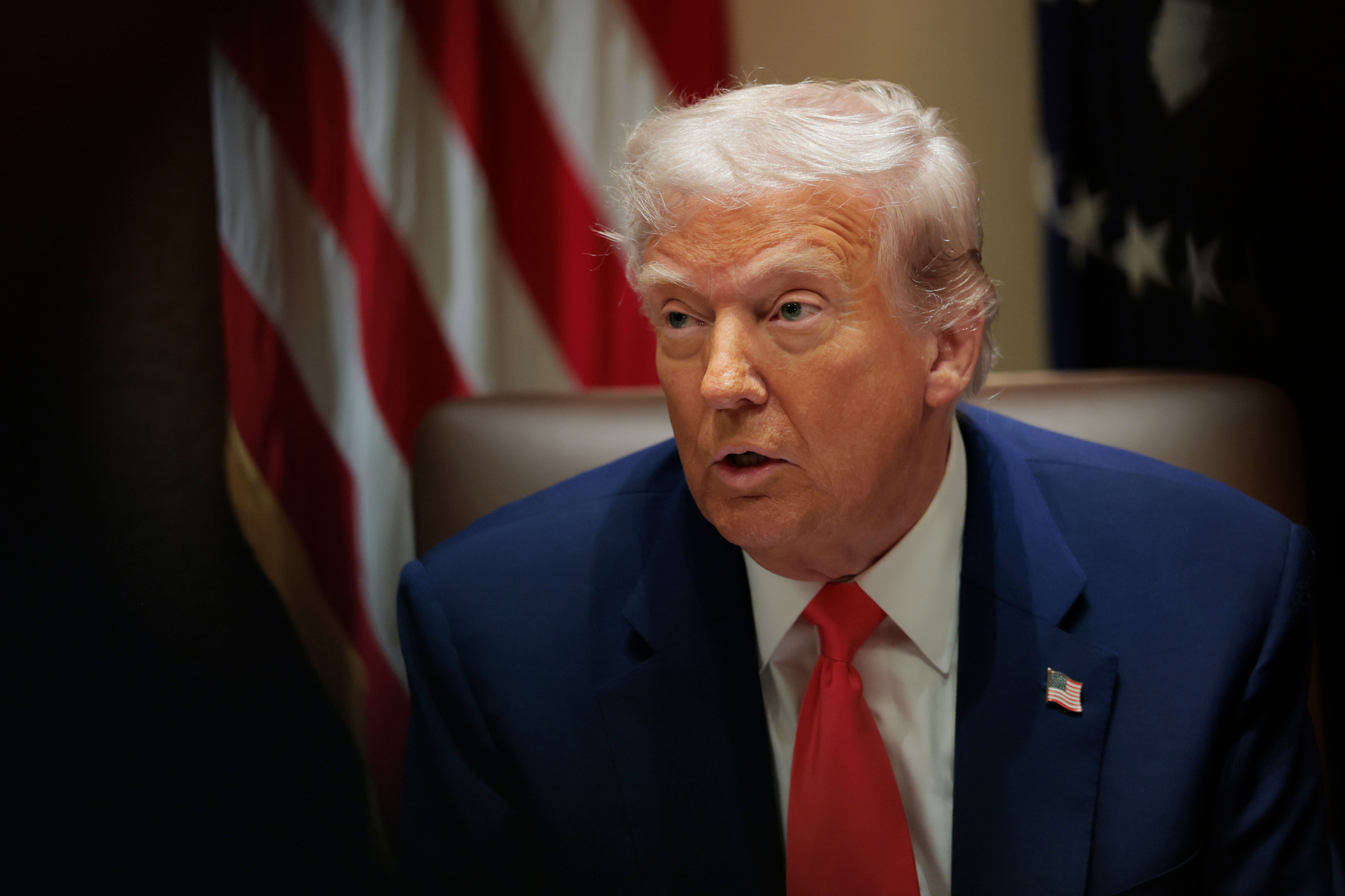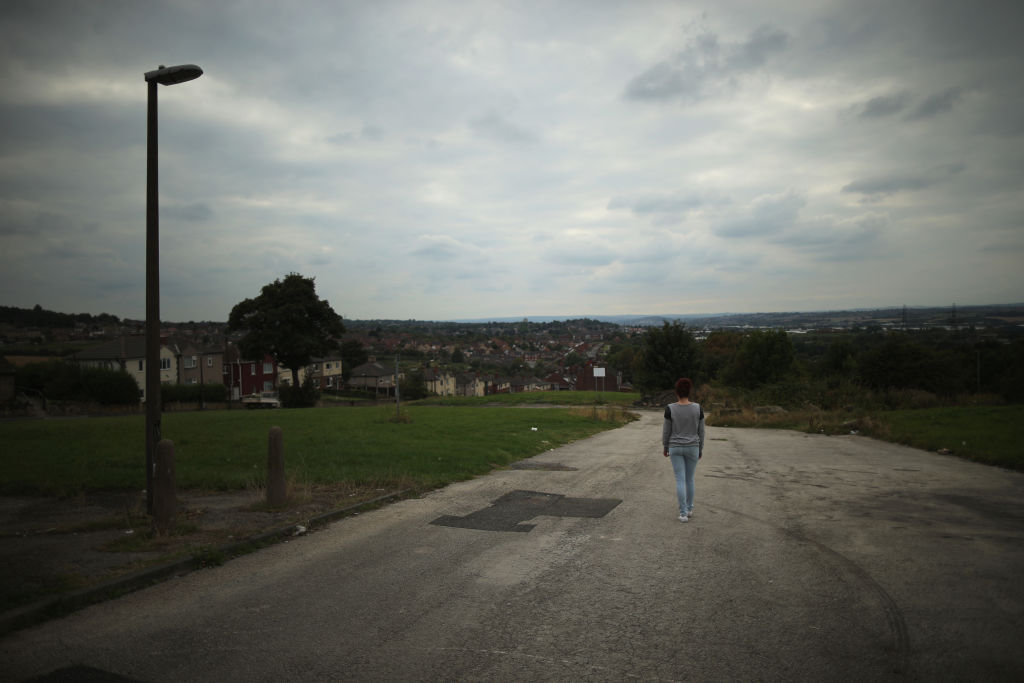On Saturday, Iranian and American diplomats met in Oman to discuss a nuclear deal. The talks were a clash of styles, tone and substance.
In the past, talks in locations like Vienna allowed the international press to watch the Iranian and American delegations leaving and arriving at different hotels. This time, the discussions are hidden away from prying eyes and journalists inside Muscat’s palaces.
Iran’s foreign ministry began by seeking to tightly control and dominate the early media narrative. Iranian diplomats told media outlets that the talks took place in a positive atmosphere. These Iranian expressions of optimism were commonplace during the Iran nuclear deal revival negotiations from 2021 to 2022 under president Biden. It stretched out the process and enabled the regime to prop-up its deteriorating currency.
On one side of the current talks is foreign minister Abbas Araghchi. On the other is Steve Witkoff, President Trump’s longtime friend and a New York real estate investor who is a newcomer to the Iran nuclear file.
Araghchi has participated in nuclear talks with the US over several presidencies. But he is used to interacting with a rotating cast of familiar faces from the US government, namely officials who rose through the ranks during the Obama and Biden administrations. Witkoff is cut from a different cloth. Like President Trump, he comes from the business world – he makes deals by amassing leverage and wielding threats. As one profile of Witkoff noted, ‘he used to personally collect rent, while carrying a gun, from his tenants in The Bronx.’
His creative use of coercive diplomacy could come in handy against the Islamic Republic. This dynamic was missing in previous rounds of negotiations with the Iranians, who purposely dragged out talks to whittle away at US demands while not fearing any consequences.
By contrast, President Trump has imposed a two-month deadline for the talks. If used adroitly, this could advance US interests. The Ayatollah’s diplomats have a long track record of saying and doing enough to earn another meeting but not enough to reach a durable agreement.
Iranian media reported that Witkoff had a brief, direct conversation with Araghchi at the end of the discussions in Oman on Saturday. But this was a procedural gesture, not a substantive concession.
In terms of substance, there is a mismatch between US and Iranian demands. The current Trump doctrine on Iran centers on giving Iran a choice: that it dismantles its nuclear programme, or the US and/or Israel will dismantle it for Tehran. In recent interviews, Witkoff has indicated some flexibility in terms of compromises, but piecing together his and other Trump officials’ comments suggests that the Trump administration is seeking a stronger deal than the 2015 Joint Comprehensive Plan of Action (JCPOA) reached by President Obama. President Trump called the JCPOA ‘the worst deal ever’ in his first term.
Tehran is not interested in dismantling its nulear programme. It wants to lure the Trump administration into a deal that is based on the JCPOA, with a few minor modifications. Short of that, Iran is interested in an interim deal that involves temporary constraints on its nuclear programme in exchange for sanctions relief. President Biden backed this kind of deal in an informal diplomatic understanding with the Islamic Republic in 2023 to curtail its nuclear enrichment. It later fell apart.
An interim arrangement could quickly become a permanent one if the US is not careful and uses up its leverage. If Iran prevents sanctions being imposed, and the ideal conditions for a strike on Iran’s nuclear programme deteriorate, the US will no longer be a credible military threat to the nuclear programme. The Iranian strategy is all about buying time and surviving.
Some Iranians believe they can force the United States to agree to a JCPOA-like arrangement. In his first term, President Trump had been a critic of the North American Free Trade Agreement. His replacement for it, the United States-Mexico-Canada Agreement, was seen by the Iranians as ‘a new deal with no fundamental differences from its predecessor,’ according to commentary by one Islamic Republic news outlet.
Tehran is also making arguments designed to appeal to President Trump’s business instincts, hawking investment opportunities to American companies in Iran. Given though that US citizens who visited Iran after the signing of the JCPOA in 2015 were later taken hostage, it is hard to take these arguments seriously. Business investment is fanciful so long as the current regime is in power.
Iranian sources are also speaking to western media, portraying themselves as deescalating the region. Hezbollah is promising to talk with the Lebanese government about disarming, Iraqi militias are pledging the same, and Iran is reportedly reducing its support for the Houthis. But these are tactical and cosmetic gimmicks which should not be conflated with any changes to Iran’s grand strategy of pushing the United States out of the Middle East and eradicating the state of Israel. Those goals are not up for negotiation. It will be important for the United States to see through these Iranian contrivances.
The inconvenient truth is that the Islamic Republic’s opposition to the United States and Israel is ideological and not based on miscommunications or misconceptions. This is why diplomacy between the United States and Iran has failed for four decades. The Iranian regime has weaponised diplomatic processes to exhaust larger powers like the United States and neutralise pressure campaigns. The Trump administration now has a chance to show the Iranians that the US will not be extorted, exhausted, or cowed.








Comments